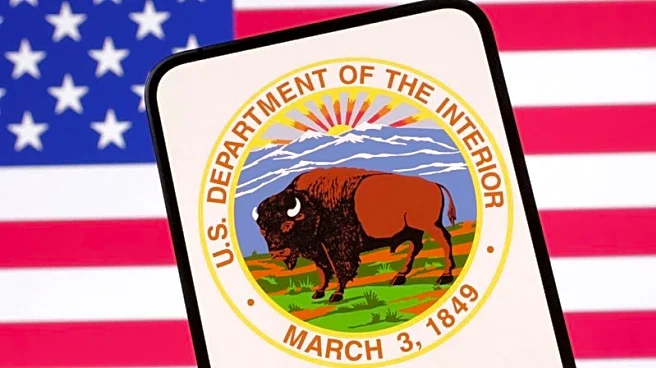What's Happening?
The Trump administration has initiated a review of signage and exhibits related to slavery in national parks, including the removal of the historic photograph 'The Scourged Back' from Fort Pulaski National Monument. This image, depicting the scarred back of an escaped slave, has been a significant symbol of the brutality of slavery. The administration's actions are part of a broader effort to eliminate what it terms 'divisive, race-centered ideology' from public institutions, as outlined in a March executive order.
Why It's Important?
This move by the Trump administration has sparked controversy and debate over how the United States engages with its history of slavery. The removal of such imagery from national parks could impact public understanding and acknowledgment of the country's past injustices. Critics argue that this action may hinder educational efforts and the promotion of historical awareness, while supporters believe it aligns with a broader agenda to focus on positive aspects of American history.
What's Next?
The review process may lead to further changes in how historical narratives are presented in national parks and museums. This could provoke responses from historians, educators, and civil rights groups advocating for comprehensive historical representation. The ongoing debate may influence future policies regarding the portrayal of sensitive historical topics in public spaces.












